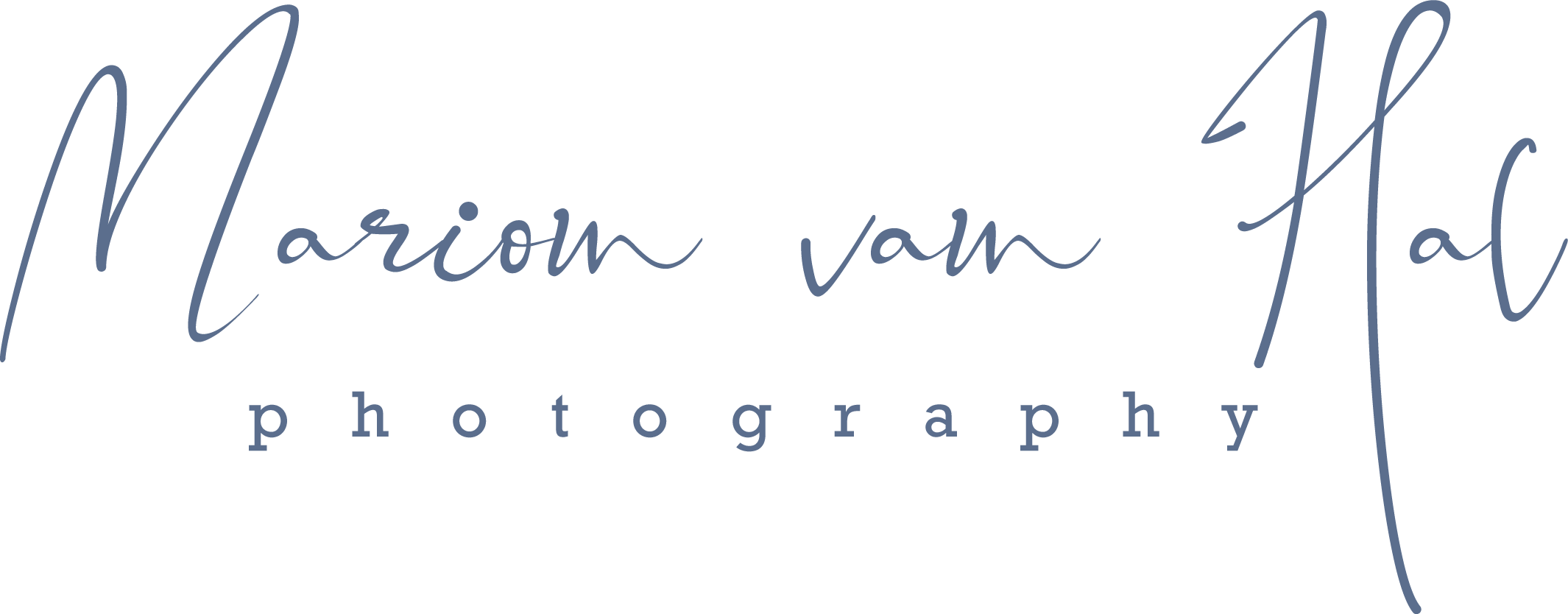About Marion van Hal
The Journey
Marion van Hal -Delft, the Netherlands, 1963- started her journey in photography in 2011, using her husbands spare Nikon D300, and from the very beginning she had a creative mindset.
Urban Exploring
One day Marion’s husband asked her to prepare her gear for the next day, when he would take her to Belgium to take some photos in an old pottery.
She’ll never forget that day, getting out of the car, unloading her camera bag and tripod, seeing her husband quickly hop over the small fence into the garden of an old and weary villa, beckoning her to follow him. That thrilling moment of following him into the unknown, when entering an abandoned workshop. It was the beginning of a new journey called Urban Exploring.
Together they would be part of the Urban Exploring (Urbex) scene for several years to come, traveling to Belgium, Germany, Luxemburg and even France almost every weekend and every holiday, exploring « abandoned » objects and buildings, with one single goal; trying to consolidate the things that once were and are now taken over by the test of time, meaning : capturing the beauty of decay, and nature taking over what was once hers…
Urbex is a very exciting field of photography. More than often it requires some courage when trespassing restricted areas and entering secured buildings which are in a bad and dangerous condition, almost ready to collapse.
When being questioned by the police or security agents for what reason they were on the premises taking pictures without permission, it took just a friendly smile and the excuse of ‘digitally conserving heritage’ to be kindly escorted to the exit instead of being arrested.
This explanation even transformed a shocked and at first angry caretaker into a friendly guide, taking them on a sightseeing tour to show around the building, unaware of the fact they’ve been already in the building for several hours and had photographed it all.
Many abandoned industrial, educational and military sites, residential buildings, like farms, villas or castles, but also monasteries, churches and even prisons -that, oh irony, were easier to get in than to get out-, were visited and documented.
Urbex Photography came to an end for several reasons. After moving from the Netherlands to France in 2015, Marion met many elderly people during her work, who explained the reasons so many homes seemed abandoned, making here aware of the fact that it was ethically wrong to continue visiting them.
Long Exposure and Night Photography
Marion felt a bit lost, not knowing how to fill that black hole with some other way of photography.
As she doesn’t like the traditional way of taking pictures -the ones she often calls ‘Postcard Photography’- Marion tried some creative experimenting in other fields of photography and soon found a new purpose.
She changed to night photography and long exposure photography.
ICM Photography
It was only in the beginning of 2021 as she discovered ICM Photography, what became the field of photography she loves the most.
After joining some ICM Facebook groups, where she met many other like minded photographers from all around the world, sharing their art and knowledge, she soon discovered the ICM PhotoMag Network Community, an online community where ICM fanatics from all over the world gather, initiating online seminars presented by eminent ICM photographers and offering workshops to improve skills.
The Community publishes the quarterly ICM Photography Magazine in which some of Marions photos were featured.
When she’s not out hunting for ICM photos with her camera, Marion is probably busy processing them on her MacBook, except, of course, for the days she’s working with her patients at her practice.
ICM Equipment
For her ICM Photography Marion uses two Fujifilm X-T3 camera bodies along with various Fujifilm lenses -from 10mm up to 600mm focal length-, (Gobe) Urth ND-filters and no… she does NOT use a tripod.
In her studio she disposes of a black box in which objects can be photographed, lit by just a very small amount of light.
She also has a lightbox of about 50 x 50 cm on which she can put small objects to be backlit by different colors of light and in various intensities of light.
For processing her photos Marion uses Adobe Lightroom, the Nik Collection as well as Topaz Sharpen AI.
Movements
Besides the classic horizontal and vertical movements there are many more options.
Some moves you can think of:
- horizontal
- vertical
- forward
- wave
- swirl
- fast moving from one to another subject
- combinations of moves
The video shows some of these moves.

